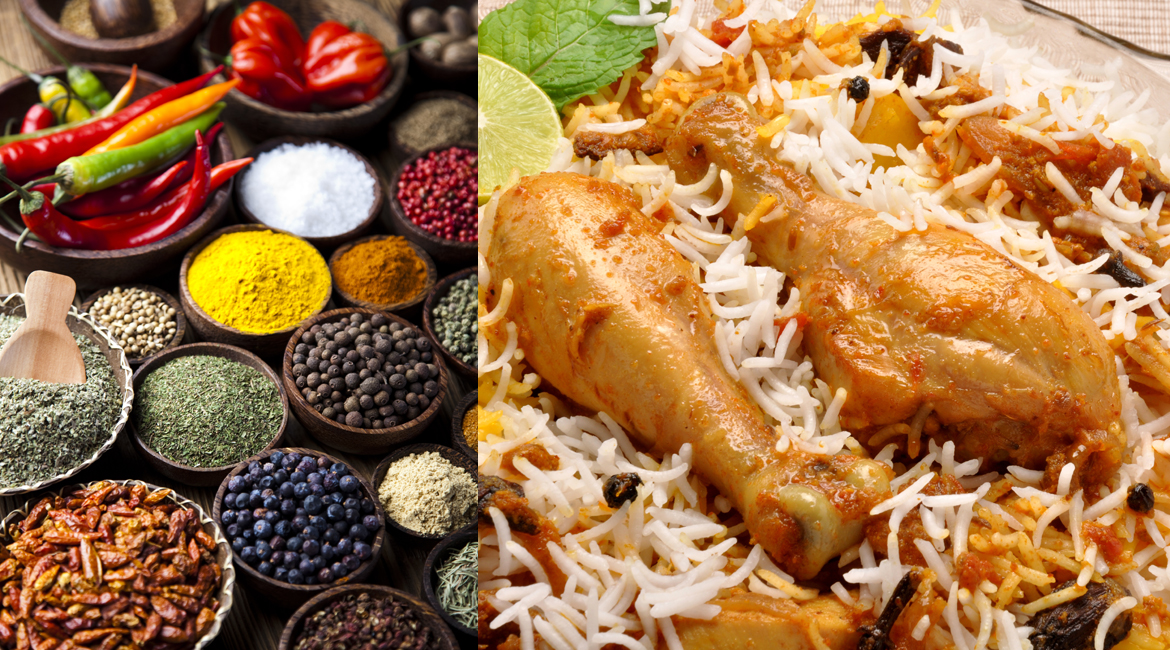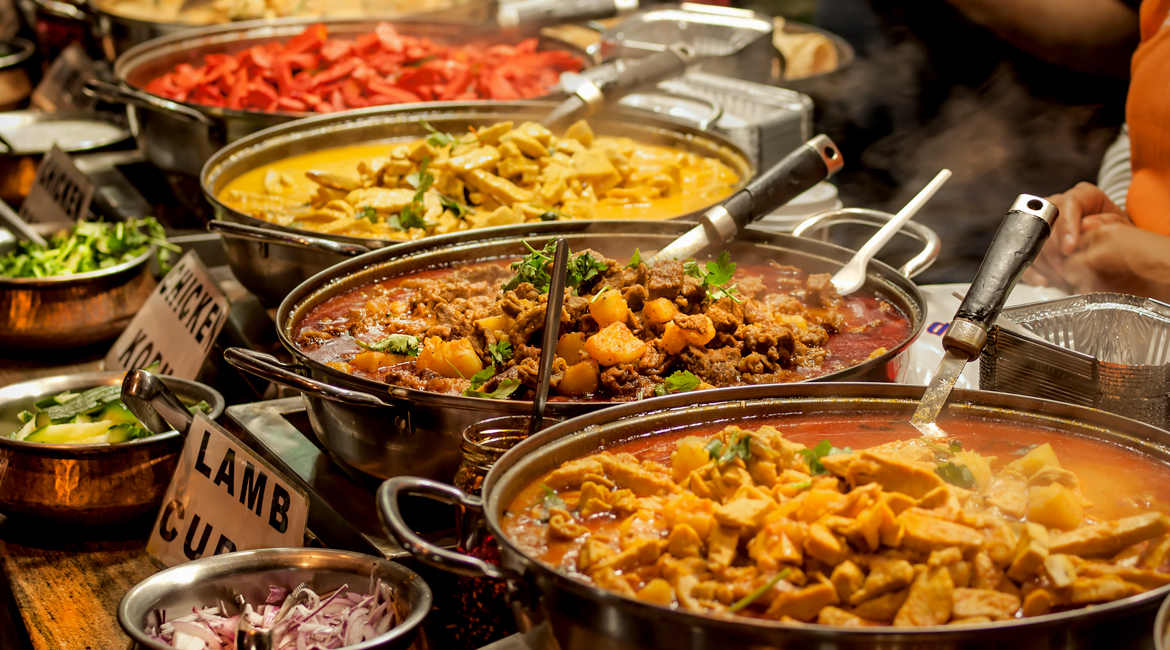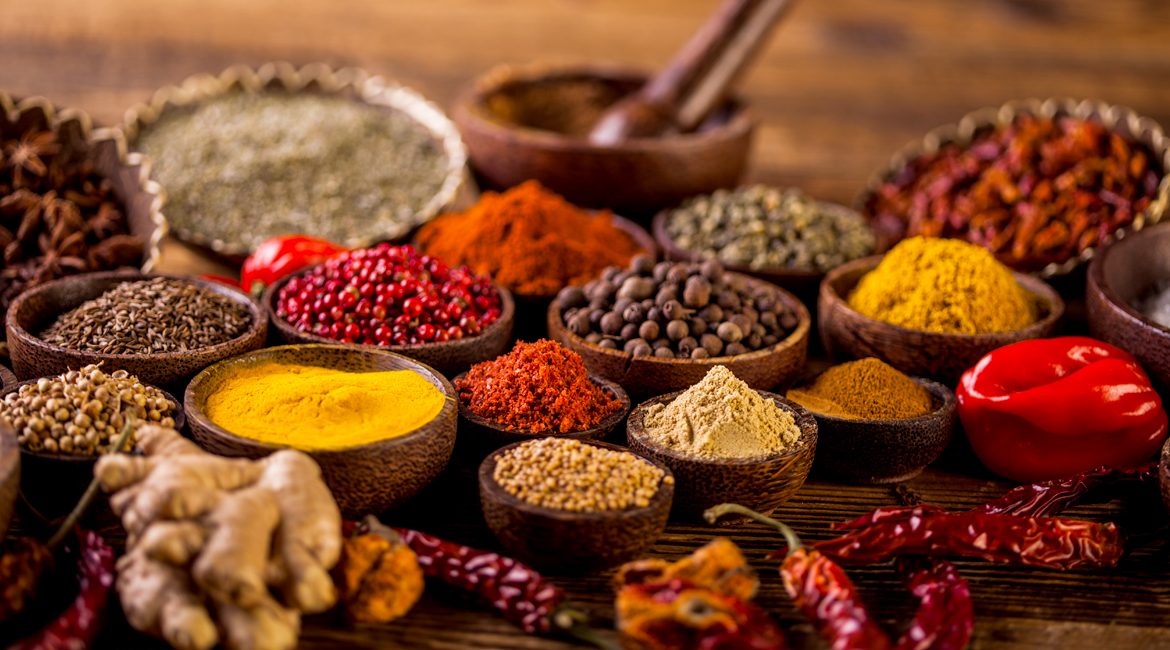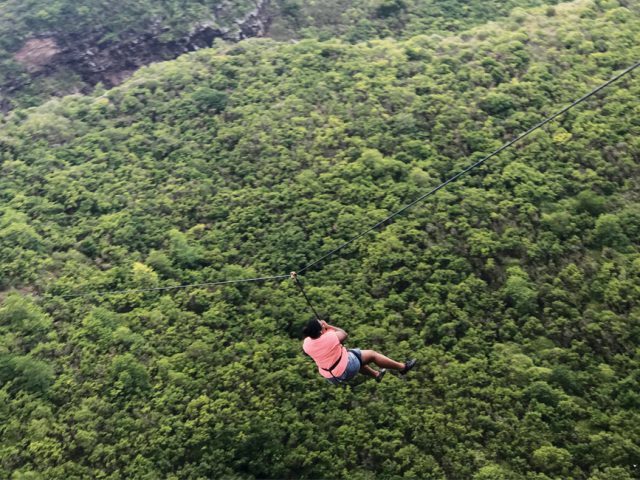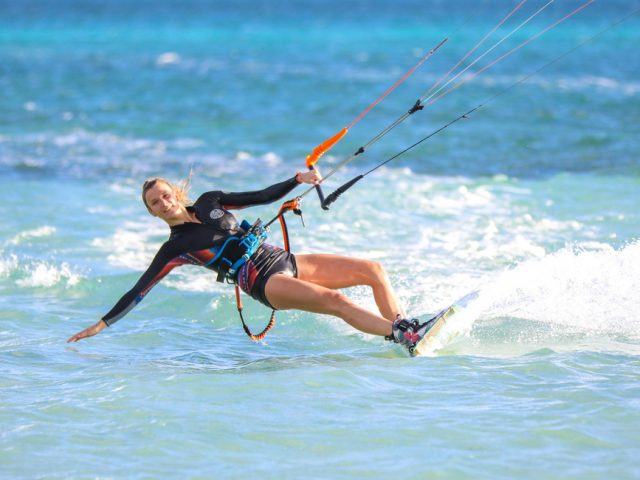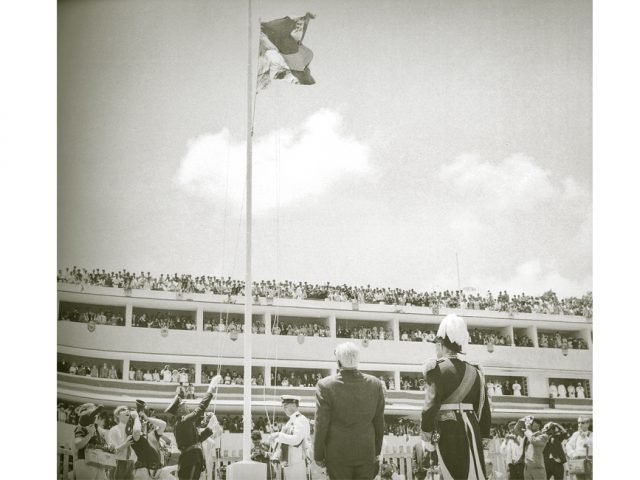The mere mention of the word will conjure images of exotic charms in faraway lands. You won’t be the first to be intoxicated. Spices have been the object of desire of millions since its commerce first started to take off in the Middle East more than 4 000 years ago.
Mauritians cannot live without spices. Blame Portuguese navigator Vasco da Gama for that, who certainly didn’t think about unintended consequences when he opened up a new maritime trade route between Europe and Asia, by going around the southern tip of Africa. Blame, or thank the first Indian craftsmen who made the trip to faraway Mauritius, on the ship La Sirène (The Mermaid), from Pondichery and Karraikal. Among their most prized belongings were the spices and culinary know-how that would jazz up Mauritian cuisine.
Then came Pierre Poivre, who started the cultivation of spices – pepper, clove, nutmeg and cinnamon – on the island. His endeavours were helped by the economic boom Mauritius went through under Governor Mahé de Labourdonnais, and its ideal position in the Indian Ocean, near the trade routes, which made it the perfect location to drop the anchor on the way to and from the spice islands of the East.
Siddha medicine
Later on, when slavery was abolished, Mauritius needed indentured labourers to keep its sugar industry going. They came in numbers, mainly from northern India, but also from China. And with them came other spices used in their traditional cuisine. Thus, saffron, turmeric, chilli and star anise found their way into Mauritian cuisine. Nowadays, a combination of these spices and others like fenugreek, cardamom, cinnamon, clove, pepper, garlic and ginger is found in any Mauritian dish worthy of its name.
Along with the taste, spices pack some healing properties traditional medicines across Asia have long known about. Ayurveda is now famous around the world, and traditional Chinese medicine has long ago stopped being a secret. But others, like Siddha medicine, whose roots in Mauritius extend as far back as the arrival of the first indentured labourers on March 4, 1729, are still unknown to many.
Indeed, many of the dishes traditional to southern India contain a savvy mix of spices and herbs with antibacterial and hypoallergenic properties, which also help regulate diabetes and cholesterol levels.
Getting around Africa
Europe has always been in love with spices. The ultimate luxury product, it became the obsession of countries aiming to control its trade and drove nations to war. In the quest to get to the spice islands first, discoveries were made and regions were conquered.
Before Vasco da Gama, however, nobody had managed to sail around Africa. Then, in 1498, the Portuguese navigator opened up a new maritime trade route around the Cape of Good Hope and reached Calicut, in Kerala. The spice trading routes changed, and with them, the stopovers along the way. Mauritius benefited, while the Venetian intermediaries and the suppliers in Beirut and Cairo saw their influence decline.
